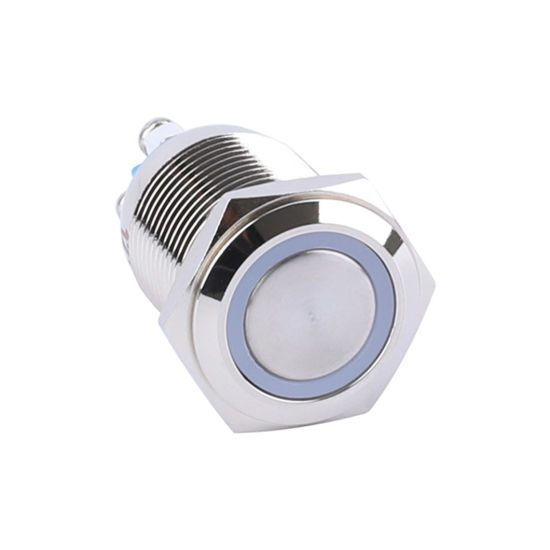Switches are vital components in electronic devices and circuits that turn them on and off or select various modes of operations. However, there are different types of switches to consider, including momentary and latching switches. In this blog, we'll focus on latching switches, their function, and how they differ from other switches.

Let's start with the basics. A latching switch is a switch that maintains its state after being activated. This means that once you activate the switch into a particular position, it remains in that position until you actuate it again, regardless of whether the power source is turned off. Simply put, the switch 'latches' into position and stays there until you reset it.
The main difference between a latching switch and other types of switches is the way they function. For example, a momentary switch (also referred to as a pushbutton switch) only stays in its activated state while the operator holds down the button. Once the operator releases the button, the switch returns to its original position (i.e., the unactivated state). In contrast, a latching switch locks into position until it's turned off again, making it ideal for applications that require a more 'permanent' connection.
Latching switches can be further divided into two subcategories – push-on and push-off switches. The push-on switch (also known as a normally open or NO switch) connects the circuit when the button is pressed down and disconnects when released. The push-off switch (normally closed or NC switch) does the opposite; it disconnects the circuit when the button is pressed and connects when released.
There are numerous applications where latching switches are useful, including consumer electronics, automotive, industrial controls, medical devices, and more. For example, a latching switch can be used to turn on vehicle lights, control HVAC systems, or start/stop motors in industrial applications.
Overall, latching switches provide a reliable and straightforward method for controlling circuits' states without requiring a constant power supply. With various types and configurations available, it's essential to select the right switch for your application to ensure optimal performance and durability.
In conclusion, latching switches are valuable components in electronic devices and circuits that require long-term switching action. They latch into position and remain there until they're reset, making them ideal for turning equipment on and off or selecting modes in multiple applications. Understanding the basics of latching switches is essential when selecting the right switch for your application to ensure optimal performance, reliability, and durability.